No description yet: Can you help?
Igreja do Sagrado Coração de Jesus
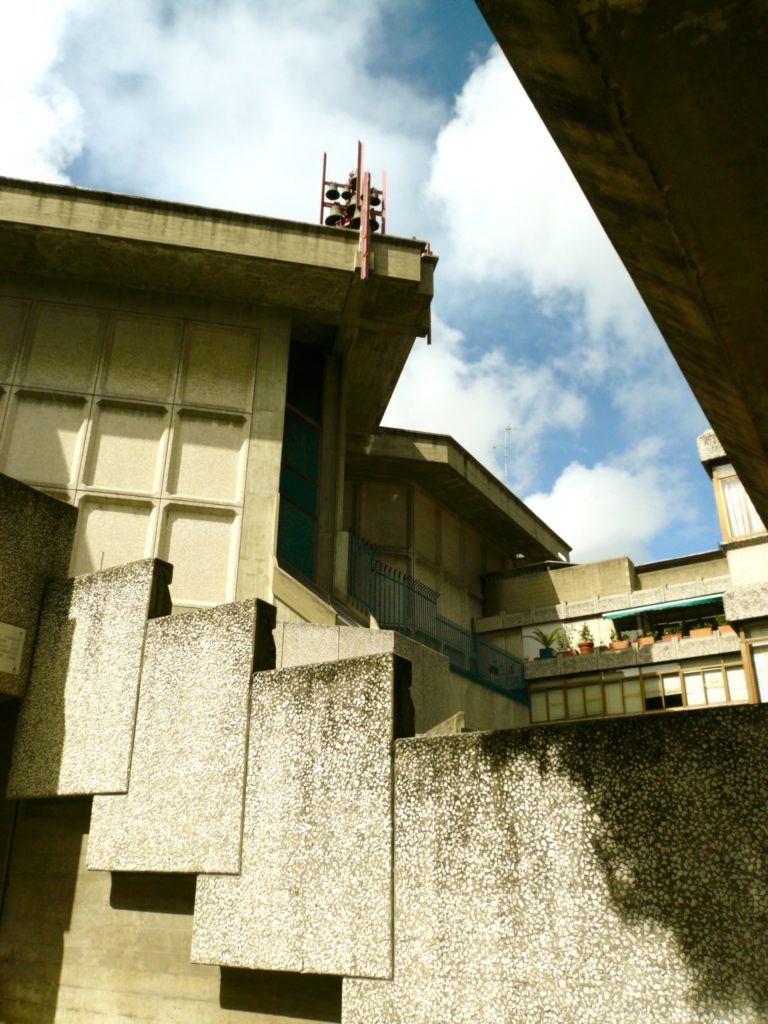

No description yet: Can you help?
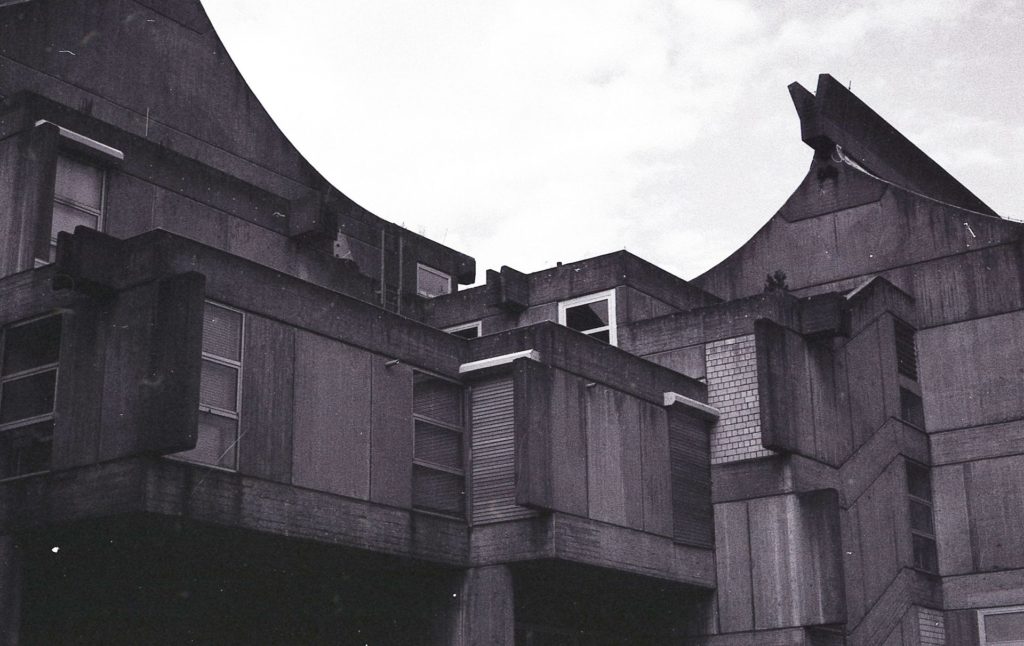
The campus was built using a newly developed system which radically systematized and standardized all involved parts. It remained the only large scale project using this “Marburger Bausystem”.
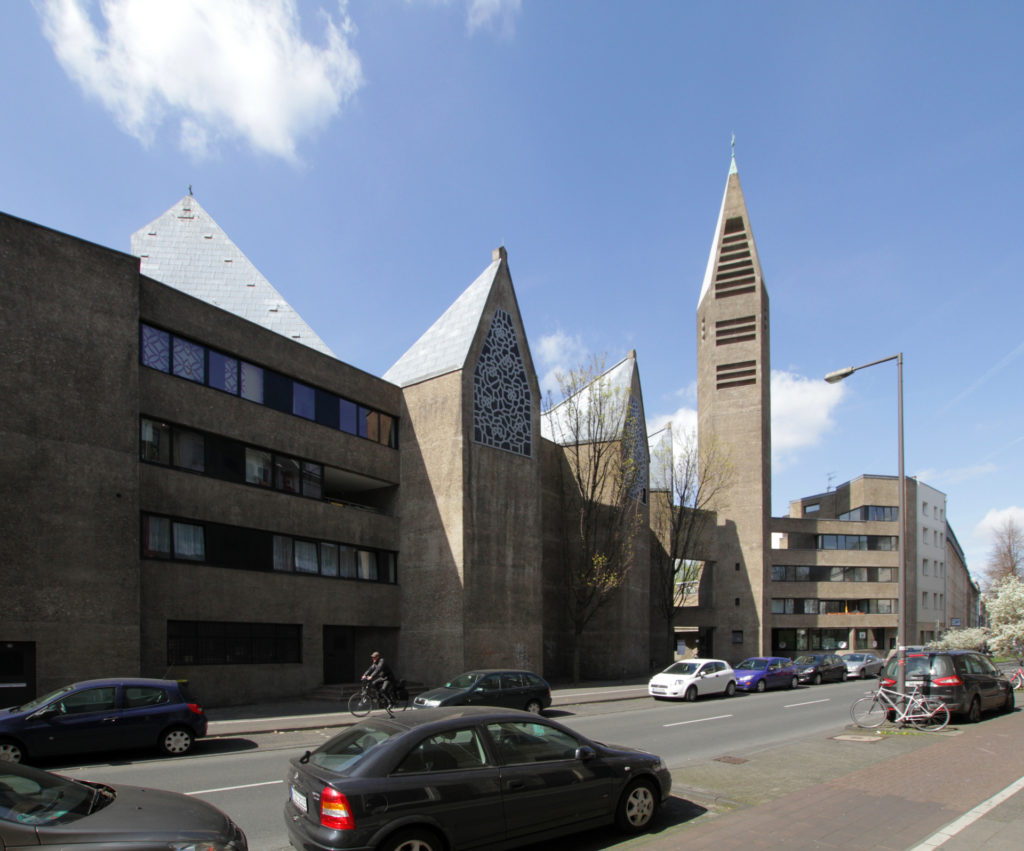
Böhm’s first big concrete church with a tent roof was built in a vacant lot between residential buildings. The free-standing tower and three narrow gable walls recede from the street line. The adjacent community center was also planned by Gottfri…
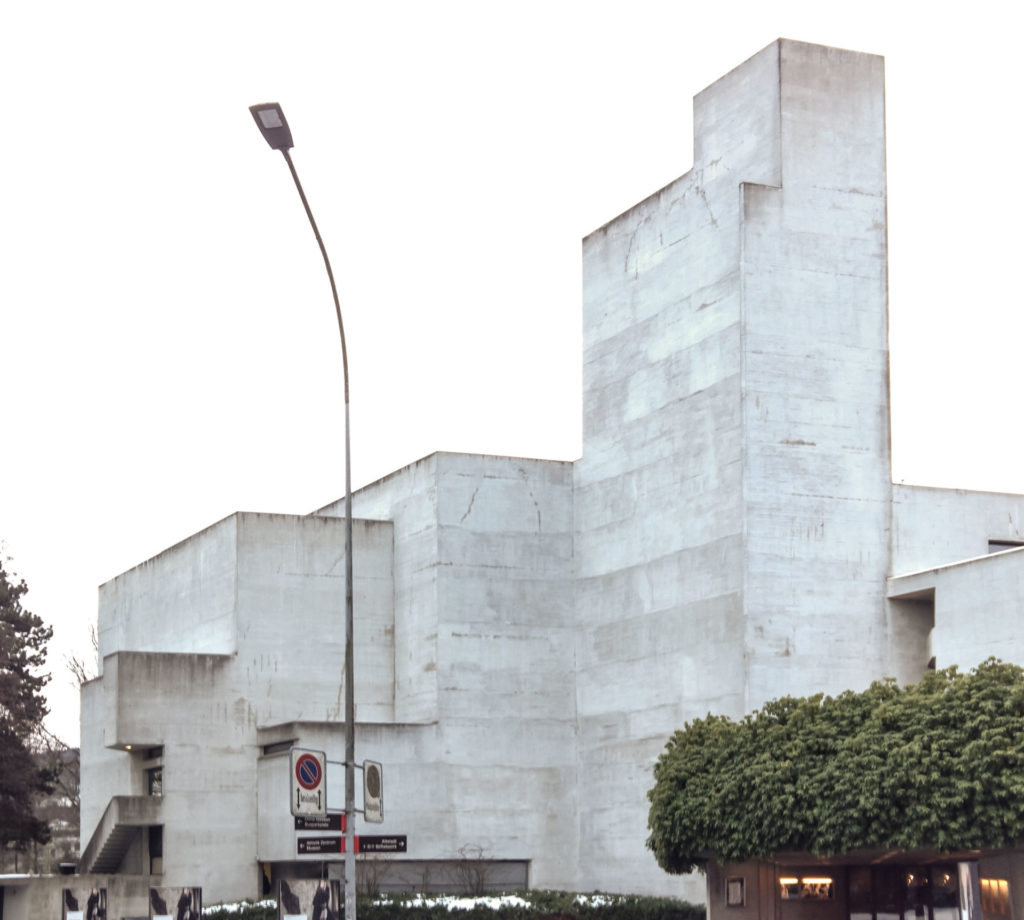
No description yet: Can you help?
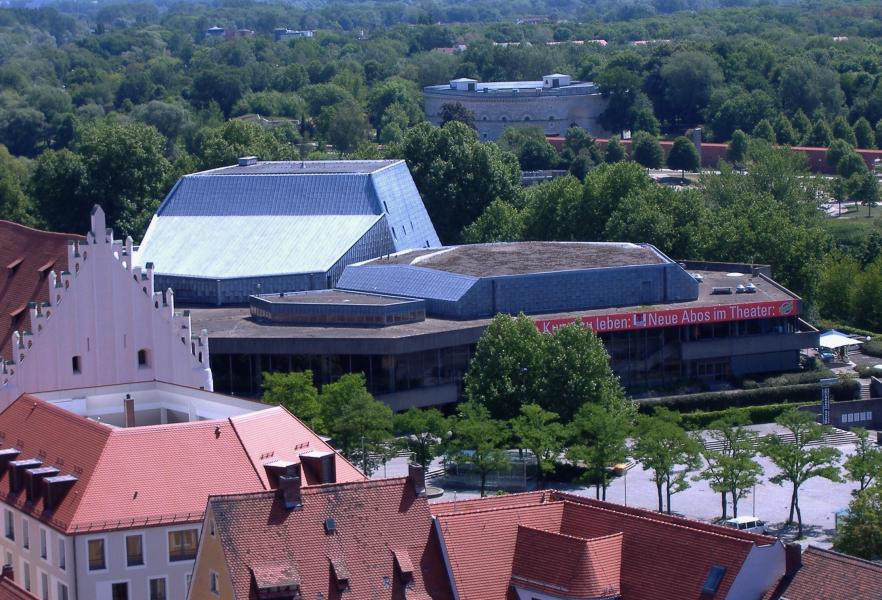
With its basic polygonal structure the theater was often mentioned in contemporary literature as an example of how architecture can blend with its surroundings, unlike the International Style buildings, that many perceived as decontextualized structures…

The building is grouped around 16 cylindrical service shafts that house elevators, stairwells, air conditioning, etc. With its free open-plan spaces and the fluid transition to the urban space outside it is also classified as a Metabolist edifice. The b…
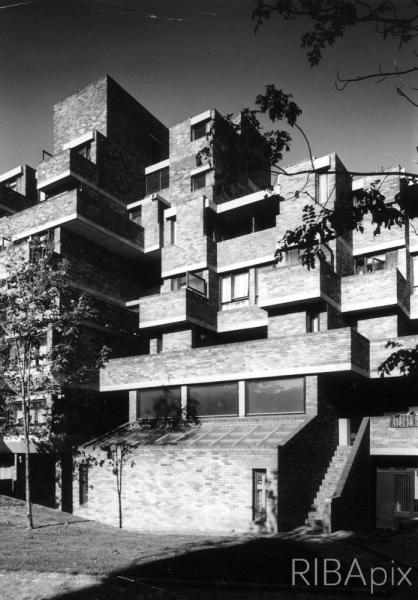
No description yet: Can you help?

No description yet: Can you help?
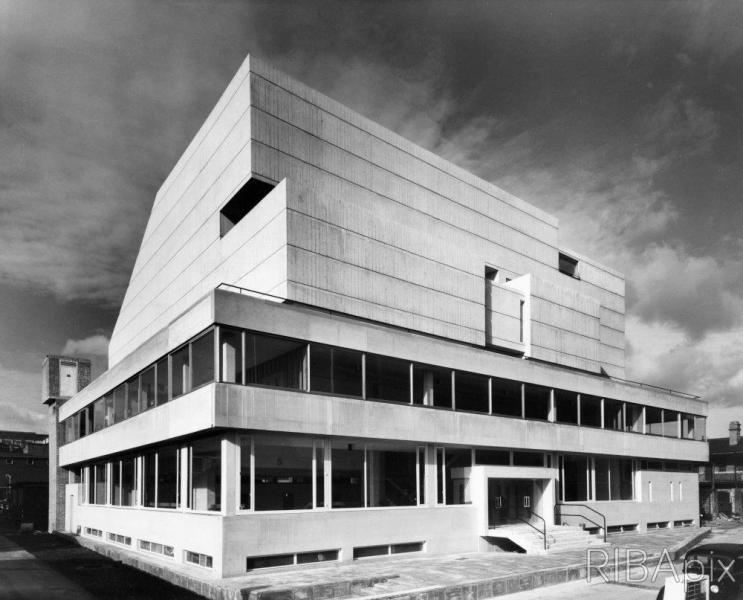
The building consists of two main volumes. On top of a lightweight concrete base with large ribbon windows sits a massive exposed concrete block with a more complex geometry that appears from all sides.
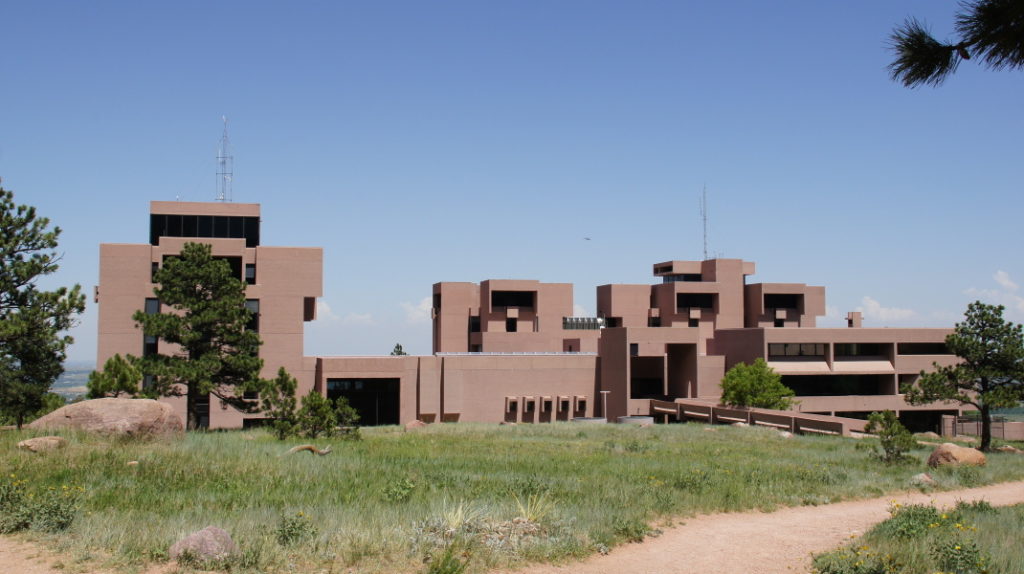
The unusual color of the exposed concrete was achieved by adding reddish sand and is intended along with the bush hammered surface to forge a link to the similarly colored backdrop of the Rocky Mountain crags. Antithetical to many other brutalist builds…